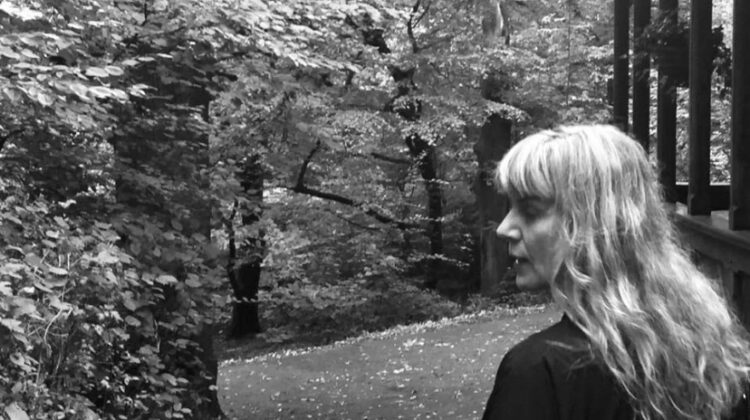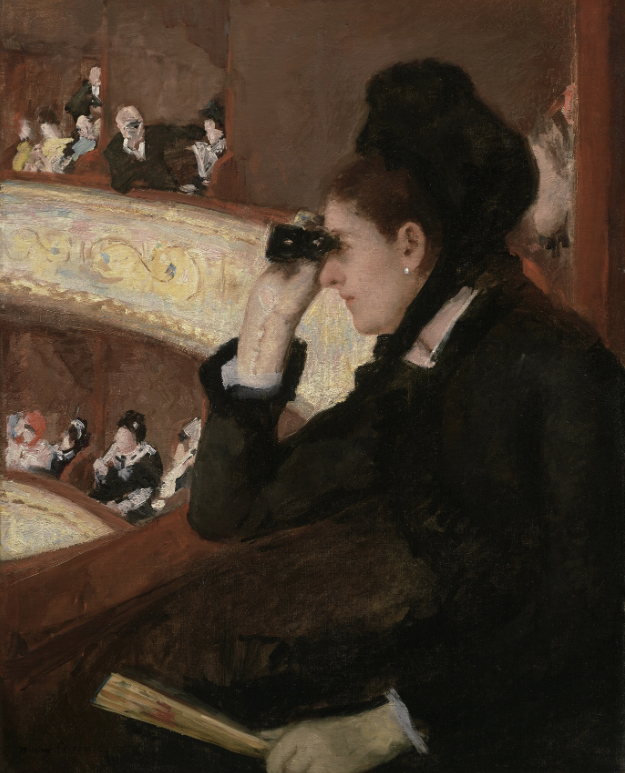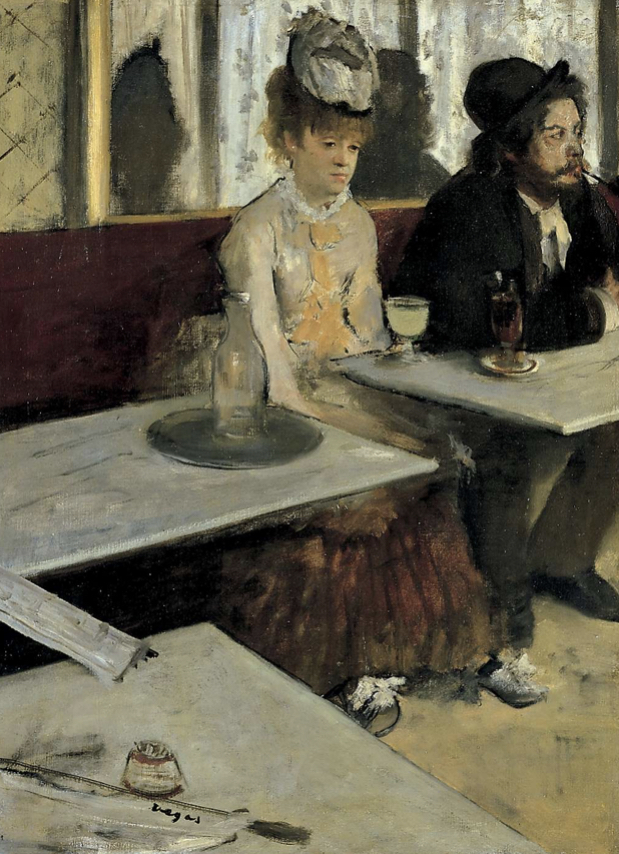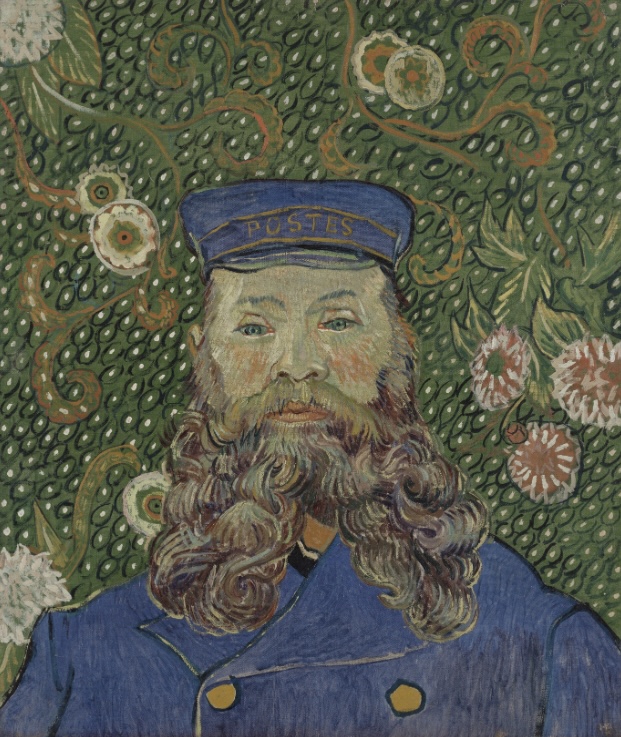
This Friday, take a moment or two to enjoy the latest arts column from Suffolk-based artist, educator and presenter Grace Adam, as she appreciates three paintings on the theme of belonging
I want to share three paintings about belonging. Of course, they are about many other things, but each painter has I think communicated our human need to belong. They were all made in France in the late 1800s.
At the Opera – Mary Cassatt, 1878

At the Opera is a painting by Mary Cassatt, an American artist who was a member of the Impressionist group. The female protagonist is concentrating intently, having spotted someone worth inspecting more closely. In the distance another theatre-goer gazes at her through his opera glasses. This is a social occasion, and there’s as much drama in the seats as on the stage. We look in and complete the circle. Cassatt’s painting, according to one critic ‘surpassed the strength of most men’. Many of Cassatt’s works demonstrate her interest in the growing agency of women. Ostensibly, these privileged afternoon theatre goers are here to see the performance but really, it’s all about seeing and being seen. I love the clipped uncomfortable composition and odd perspective, influenced by the burgeoning art of photography and the Impressionists’ discovery of Japanese prints.
L’Absinthe – Edgar Degas, 1876

The scene takes place in La Nouvelle-Athénes, Pigalle. Two silent sullen customers stare into space. Parked in a bar together, are they companions? Neither meets our gaze, as we viewers assess them from another marble café table. Degas’ choice of subject-matter and its treatment were thoroughly modern and attracted serious criticism from conservative commentators. A working-class woman sits behind her glass of Absinthe. In London this painting was seen as an affront to morality. Two of Degas’ friends, an artist and a model posed in his studio for the scene, but the painter wanted it to appear as a ‘trench de vie’, a slice of life. It’s such a famous painting, much reproduced but it still has the power to make me want to understand what is happening between these two people.
Portrait of Joseph Roulin, Van Gogh 1889

‘A man who is not bitter, not melancholy, not perfect, not happy and also not always perfectly honest, but such a good fellow, so wise, so feeling and so faithful’ is how Van Gogh described his friend. Joseph Roulin and Vincent Van Gogh lived in the same street in Arles. Roulin was the Postmaster; an ardent socialist and a good friend. Van Gogh wrote to his brother Theo telling him how excited he was to be making a ’modern portrait’ that expressed the sitter through colour and gesture, not an obedient likeness. Roulin’s swirling beard is echoed in the Japanese inspired pattern on the wallpaper behind him, as his open friendly face looks out at us. As an outsider, we can assume that Van Gogh valued and appreciated his close friendship with Joseph, Augustine and their three children. He found it difficult to find models, so when the whole family agreed to model for him, it provided him with individuals and groups to work on.
Want to know more? Grace Adam is co-presenter on The Art Channel – YouTube. The latest film ‘After Impressionism’ at the National Gallery – YouTube is up now. Subscribe for free. Visit Grace Adam Artist and follow @artistgraceadam on Instagram. and @GraceAdam4 on Twitter.
Featured images supplied by Grace Adam









Illuminating
Insightful introduction and reintroductions to some beautiful portraits. Thank you!
Wonderful to understand more about the background of these paintings, Really lovely to know more about the relationship between Van Gogh and his subject – thank you